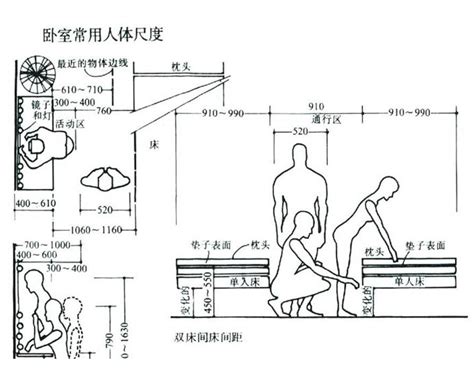办公家具尺寸及人体工程学
Optimizing Furniture Design with Ergonomic Dimensions
Human factors and ergonomics play a crucial role in furniture design, ensuring that pieces are not only aesthetically pleasing but also comfortable and supportive for users. Understanding the ergonomic dimensions is essential for creating furniture that promotes health, productivity, and overall wellbeing. Let's delve into the key ergonomic dimensions for various types of furniture:
Chairs:
1.
Seat Height:
Standard seat height ranges between 16 to 18 inches (40 to 46 cm) from the floor to the top of the seat surface.
Adjustable chairs allow users to customize the height based on their leg length and comfort preferences.
2.
Seat Depth:
Ideally, the seat depth should be 15 to 17 inches (38 to 43 cm) to provide ample support to the thighs without exerting pressure on the back of the knees.
3.
Backrest Height:
Backrests should support the natural curve of the spine, extending from the base of the spine to the shoulder blades (approximately 12 to 16 inches or 30 to 41 cm).
4.
Lumbar Support:
Lumbar support is crucial for maintaining the spine's natural curve. It should be adjustable to accommodate different users' preferences.
5.
Armrest Height:
Armrests should allow users to relax their shoulders and arms comfortably. The height typically ranges from 7 to 9 inches (18 to 23 cm) above the seat surface.
6.
Width Between Armrests:
The distance between armrests should accommodate various body sizes, typically ranging from 17 to 20 inches (43 to 51 cm).
Desks:
1.
Desk Height:
Standard desk height ranges from 28 to 30 inches (71 to 76 cm) to ensure compatibility with standard chair heights.
2.
Desk Depth:
The desk depth should be sufficient to accommodate a computer monitor, keyboard, and workspace essentials without causing users to lean forward excessively (typically 24 to 30 inches or 61 to 76 cm).
3.
Legroom Clearance:
Adequate legroom clearance under the desk is essential for comfortable seating. A clearance height of 24 to 30 inches (61 to 76 cm) and width of 20 to 26 inches (51 to 66 cm) allows users to sit comfortably without feeling cramped.
Beds:
1.
Mattress Size:
Standard mattress dimensions vary based on bed size (Twin, Full, Queen, King). Choose a mattress size that provides ample space for sleeping without restricting movement.
2.
Bed Height:
The height of the bed should allow users to sit comfortably and stand up without difficulty. Typical bed heights range from 18 to 25 inches (46 to 64 cm).
3.
Clearance Around the Bed:
Ensure sufficient clearance around the bed for ease of movement and access to bedside tables. A clearance of 24 to 36 inches (61 to 91 cm) is recommended.
Tables:

1.
Table Height:
Standard dining table height ranges from 28 to 30 inches (71 to 76 cm), while coffee tables are typically lower, ranging from 16 to 18 inches (41 to 46 cm).
2.
Tabletop Depth and Width:
The depth and width of the tabletop should accommodate the intended use, whether for dining, working, or recreational activities, without causing users to stretch excessively.
By adhering to these ergonomic dimensions, furniture designers can create products that prioritize user comfort, promote good posture, and enhance overall satisfaction. Incorporating adjustability features allows for customization, catering to diverse user preferences and body types. Remember, ergonomic design not only enhances the user experience but also contributes to longterm health and wellbeing.











